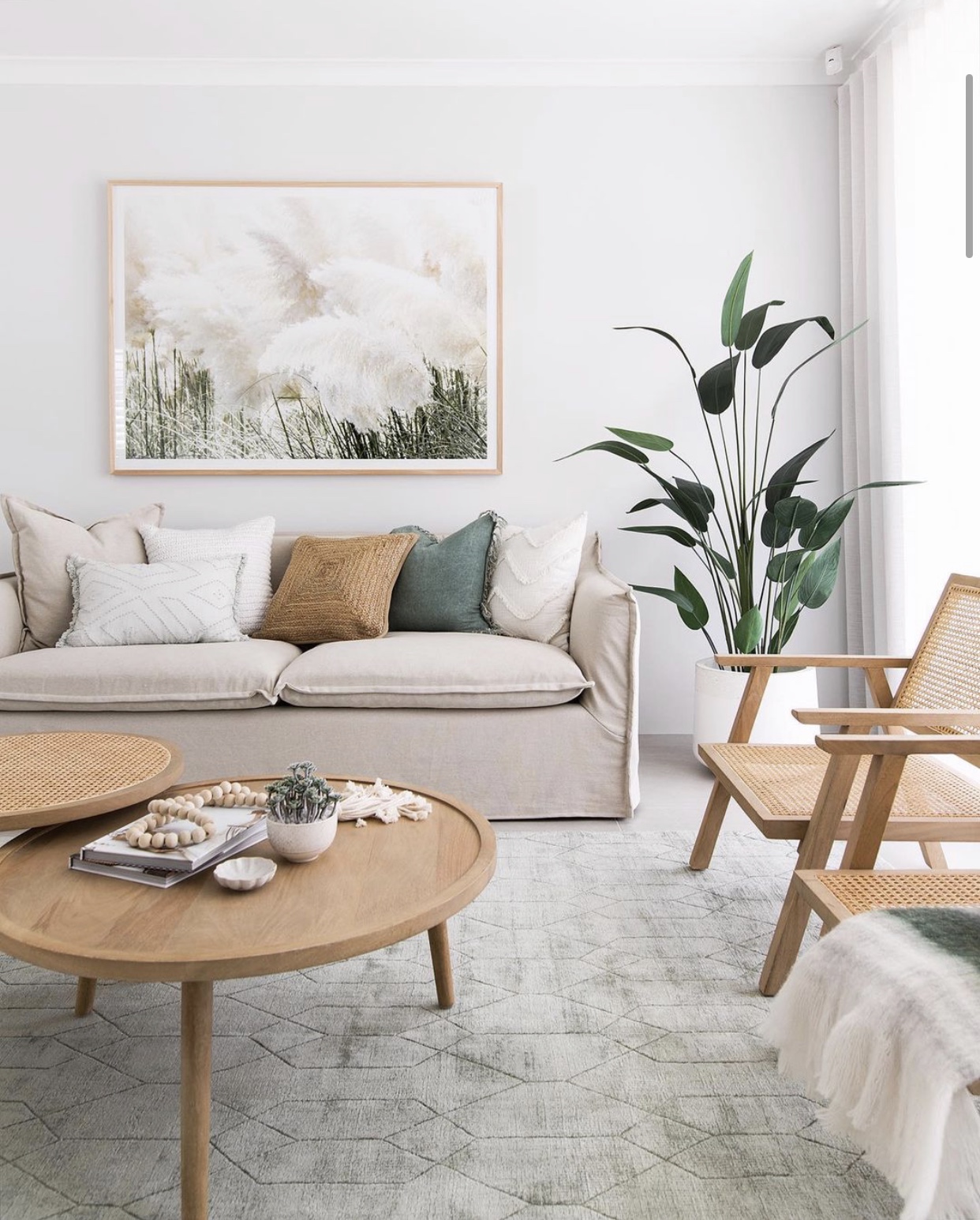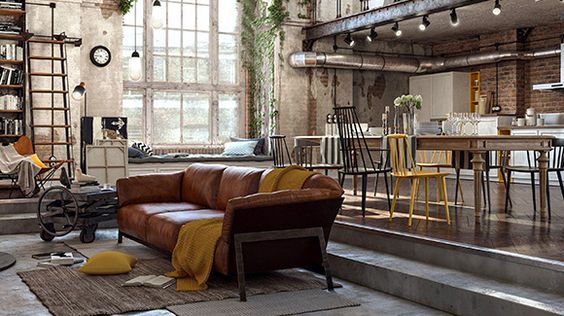Attain Stunning Results in Home Improvement with Expert Home Decor Advice
Attain Stunning Results in Home Improvement with Expert Home Decor Advice
Blog Article
Discover How to Mix and Suit Pillow Art to Create a Comfy and Personalized Home
In the realm of interior style, the art of matching and mixing cushion designs holds the power to change a room from mundane to welcoming. Pillows, often ignored, play a significant function in producing a personalized and comfortable home. By very carefully choosing the best colors, patterns, and textures, you can curate a setting that shows your distinct character and layout perceptiveness. Understanding how to integrate these elements harmoniously can raise your space and stimulate a sense of comfort and style. So, let's explore just how the strategic plan of cushions can infuse warmth and character into your home décor.
Understanding Cushion Art Styles
Exactly how can one distinguish in between the different styles of padding art to boost the aesthetic appeal of their space? Recognizing cushion art styles is important for developing a cohesive and visually appealing style. Padding art can vary from typical to modern-day, minimalist to bohemian, and whatever in between.

Traditional cushion art styles usually include intricate patterns, such as flower concepts or damask designs, which add a touch of style to a room. These designs are defined by rich shades and glamorous textiles like silk or velour. In contrast, contemporary pillow art welcomes clean lines, geometric forms, and vibrant shades to develop a more modern look.
Minimalist pillow art styles prioritize simpleness and capability, typically including straightforward patterns or strong colors. These cushions are excellent for producing a minimalist and tidy visual. On the other hand, bohemian cushion art designs are eclectic and vibrant, integrating a mix of patterns, textures, and shades to create a relaxing and welcoming ambience. By comprehending these different designs, one can effectively blend and match cushion art to customize their home and produce a harmonious layout system.
Choosing the Right Color Palette
Having a clear understanding of pillow art styles lays the foundation for properly selecting the appropriate color scheme to enhance and boost the visual allure of your space. When picking a shade palette for your cushions, it is vital to take into consideration the existing color design of your area - Home Decor. Harmonizing the pillow colors with the total decor can develop a cohesive and visually pleasing atmosphere
One method is to select complementary shades that contrast with the furnishings or wall shades to make the paddings stand out. An additional choice is to select analogous shades that are surrounding on the color wheel, creating an extra subtle and harmonious look. Additionally, integrating neutral tones like beiges, whites, or grays can help stabilize bolder shades and patterns in the space.
Experimenting with various combinations and tones can include depth and personality to your area. Bear in mind, the color combination you select for your paddings can considerably affect the total atmosphere of your home, so take the time to choose colors that resonate with your style and preferences.
Combining Patterns and Textures
When it involves developing a visually vibrant and inviting area, mastering the art of blending patterns and appearances in pillow design can boost the aesthetic appeal of your home decoration. Combining various patterns, such as florals, red stripes, read this and geometrics, can include depth and visual passion to your living location - Home Decor. To attain a cohesive appearance, consider picking patterns that share a typical color design or style
Along with blending patterns, incorporating various appearances right into your pillow setup can further improve the overall style. Velour, silk, linen, and artificial hair are simply a few instances of appearances that can bring a sense of luxury and convenience to your area. Mixing harsh and smooth appearances can produce a responsive experience that includes splendor to your decoration.

Arranging Cushions for Influence
To maximize the aesthetic impact of your padding setup, strategic positioning and thoughtful sychronisation of colors and sizes are necessary. When arranging cushions for influence, think about the total aesthetic of the space. Beginning by positioning larger cushions at the back to provide a solid base, after that layer smaller sized pillows ahead to add depth and dimension. Mixing forms, such as square, rectangle-shaped, and round paddings, can develop aesthetic rate of interest and balance.
Play with various structures and textiles to include responsive appeal and splendor to the plan. Velour, woollen, silk, or fake fur can bring a touch of luxury, while cotton and linen use an even more casual feeling. Furthermore, integrating cushions with varying patterns and prints can inject personality and create a dynamic look.
Experiment with asymmetrical setups for a contemporary and eclectic ambiance, or decide for symmetrical positionings for an extra standard and balanced feel. Bear in mind, the key is to strike an unified equilibrium in between shades, patterns, structures, and sizes to attain an impactful and cohesive padding display screen in your home.

Personalizing Your Space With Pillows
Customizing your living room with cushions can be a innovative and efficient means to infuse your personality and design into your home design. Cushions supply a functional and conveniently interchangeable option to reflect your individual preference and preferences. To customize your area with cushions, consider mixing different structures, patterns, and shades that reverberate with you. Choose pillows that match your existing furnishings and overall shade system while including a pop of individuality.
Incorporating individualized paddings allows you to showcase your special design and create a comfortable environment that seems like home. Take into consideration adding customized or individualized paddings with purposeful quotes, monogrammeds, or images that hold emotional value. Mixing in these individualized aspects can make your home feel more inviting and reflective of who you are.

Verdict
To conclude, grasping the art of mixing and matching cushion art designs, patterns, structures, and colors can transform your space right into a relaxing and individualized haven. By understanding the various components that go right into producing a well-coordinated pillow screen, you can conveniently raise the look of your home. Explore different mixes to discover what matches your design best and produce a warm and welcoming atmosphere that reflects your one-of-a-kind character.
In contrast, modern pillow art accepts tidy lines, geometric forms, and strong colors to create an extra contemporary appearance.
On the various other hand, bohemian cushion art designs are eclectic and lively, incorporating a mix of patterns, appearances, and colors to produce a cozy and welcoming ambience - Home Decor. When choosing a shade scheme for your cushions, it is essential to think about the existing shade scheme of your space.One approach is to opt for corresponding colors that contrast with the furnishings or wall surface shades to make the pillows stand out. Beginning by placing larger pillows at the back to provide a solid base, then layer smaller sized paddings in front to add depth and measurement
Report this page